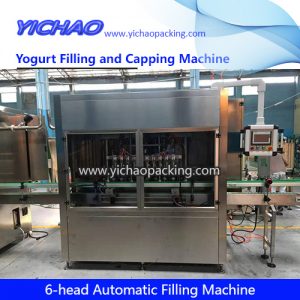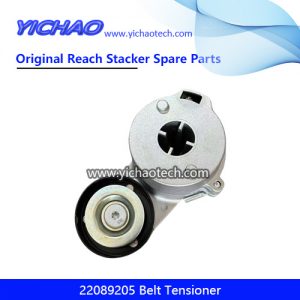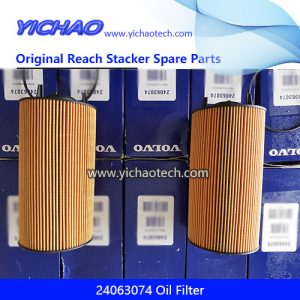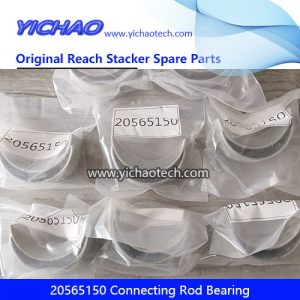Plasma Cutting And Laser Cutting Process And Cost Analysis
This paper expounds the working principles of plasma cutting and laser cutting, analyzes the basic process and cost of the two cutting methods, and puts forward relevant suggestions on the basis of comprehensive comparison of the two cutting processes.
1. Working principle of plasma cutting and laser cutting
The plasma cutting machine is a new type of thermal cutting equipment. Its working principle is to use oxygen or nitrogen as the working gas, and use the heat of the high-temperature plasma arc to partially melt and evaporate the metal at the incision of the workpiece, and remove it by the momentum of the high-speed plasma flow. A process of melting metal to form a kerf.
The principle of laser cutting is that the laser beam is generated by the laser generator and then transmitted by the total reflection mirror and irradiated to the workpiece through the focusing mirror. The processed point melts or vaporizes instantaneously to form a slit. At the same time, the residual slag at the slit is blown off with a certain pressure of auxiliary gas. Cooperate with the running track of the laser head to finally achieve the purpose of processing.
2. Comparison of plasma cutting and laser cutting processes
The plasma cutting machine can be used for cutting various metal materials such as stainless steel, aluminum, copper, cast iron and carbon steel. Plasma cutting has fast cutting speed, narrow kerf, flat kerf, small heat-affected zone, small workpiece deformation, low operating cost, and has significant energy-saving and economical effects. Inclined angle, cut section hardened.
Laser cutting is mainly for medium and thin plates. Taking a 4 000W laser as an example, it can cut ordinary carbon steel of about 25 mm at most. In addition to cutting carbon steel, stainless steel, aluminum alloy and other materials, the laser cutting machine can also be used to cut various high melting point materials, heat-resistant alloys and superhard alloys and other special metal materials, as well as semiconductor materials, non-metallic materials and composite material. Because of its almost non-divergent directionality, laser has extremely high luminous intensity, fast laser cutting speed, high processing accuracy, narrow slit, smooth incision, small heat affected zone, small deformation of the cutting sheet, and no damage to the cutting surface. No subsequent processing is required.
The basic process parameters of plasma cutting and laser cutting are compared in Table 1.
3. Cost analysis of plasma cutting and laser cutting
Take cutting 10 mm ordinary carbon steel plate as an example. Table 1 shows the cost analysis of two cutting processes, plasma cutting and laser cutting.
According to the data analysis in the above table, the operating cost of the plasma cutting machine is 97.65 yuan/h, and the operating cost of the laser cutting machine is 263.73 yuan/h, calculated according to the annual base of equipment 3860h.
According to the cutting speed of fine plasma cutting and 4 kW laser being 3.4 m/min and 1.5 m/min respectively, the cost of fine plasma cutting is 0.48 yuan/m, and the cost of laser cutting is 2.9 yuan/m .
4. Comprehensive Comparison and Recommendations
Both plasma cutting and laser cutting have their applicable fields. In addition to cutting carbon steel, stainless steel and other materials, laser cutting can also cut various high-melting-point materials, special metal materials such as heat-resistant alloys and super-hard alloys, as well as semiconductor materials, non-metallic materials and composite materials. wide. Especially in thin plate cutting. In the case of high cutting efficiency and small thermal deformation requirements, laser cutting has outstanding advantages. In terms of cutting cost, plasma cutting machines are much cheaper than laser cutting machines.
To sum up, the following suggestions are made on the process selection of plasma cutting and laser cutting:
1) For the general sheet metal cutting field, if the requirements for processing accuracy are not very high, plasma cutting is more cost-effective.
2) For materials with a thickness of less than 6 mm, considering that the thermal deformation of plasma cutting is larger than that of laser cutting, in order to prevent the workpiece from colliding with the cutting torch after thermal deformation, plasma cutting is generally not selected. Instead, use laser cutting or cold punching.
3) Laser cutting is recommended for various high melting point materials, special metal materials such as heat-resistant alloys and superhard alloys, as well as semiconductor materials, non-metallic materials and composite materials, or thin plate workpieces that require high cutting accuracy.






